Gunpowder Empires
The so-called gunpowder empires of the Muslim world were among the most prosperous of the early modern period. In these resources, you’ll follow the Ottomans, Safavids, and Mughals as they combine innovations in military technology with shrewd political tactics in their pursuit of dominance.
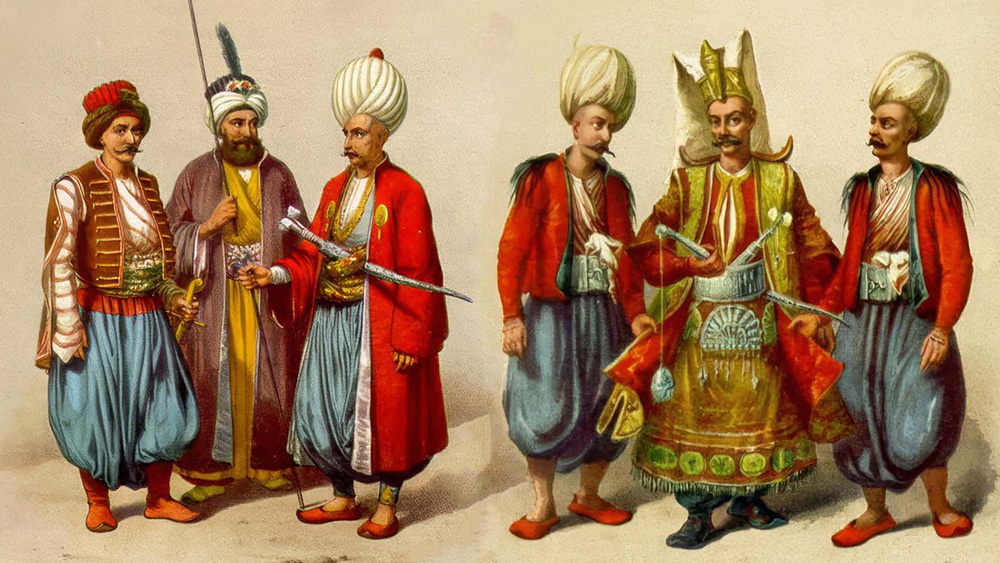
 Teaching This Topic
Teaching This Topic

Maps Index
Explore our collection of political and thematic maps, which allow students to practice scale switching by zooming in and out.

Reading Strategies
Guide students to make meaning of a variety of texts as they explore land-based empires.

Graphic Biographies Guide
Help your students get the most meaning out of graphic biographies with guidance on how to read these unique visual texts.

Teaching Gunpowder Empires
Teachers share resources and activities to build student understanding of gunpowder empires.
Featured Materials
A Sublime Empire: Ottoman Rule on Land and Sea
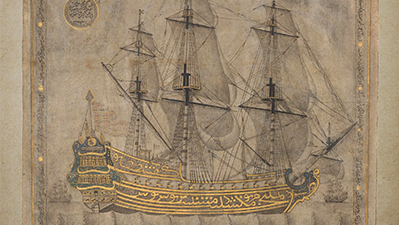
Article
A Sublime Empire: Ottoman Rule on Land and Sea
The Ottoman Empire lasted six centuries and conquered territory on three continents. It owed its success to military strength and an innovative political structure.
Gunpowder Empires
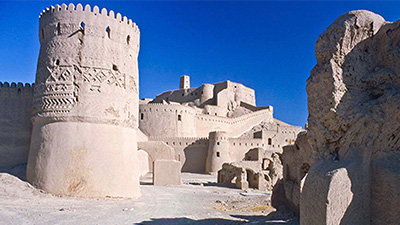
Article
Gunpowder Empires
The gunpowder empires were about more than just the weaponry for which they were named; they also had powerful management skills.
Mughal Empire
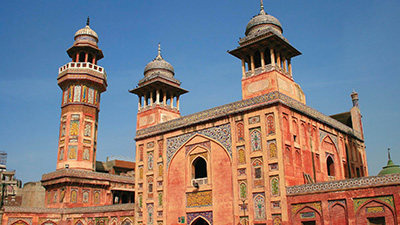
Article
Mughal Empire
The Mughal Empire produced much of the world’s long-distance trade goods in 1750, but its rulers faced enormous challenges in keeping together a vast and diverse society.
Lessons
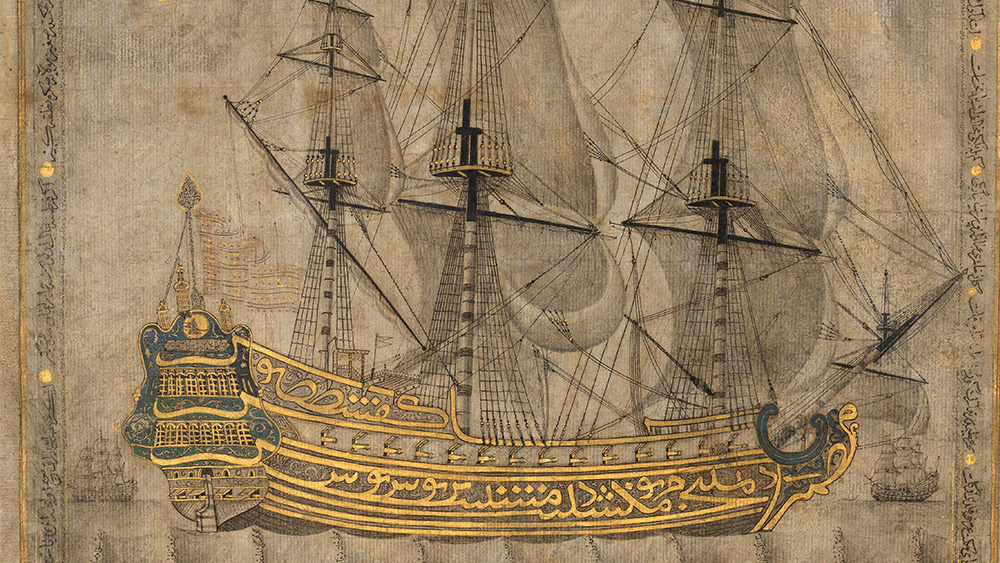
Lesson 3.1
Empires Expand
Land-based empires ruled vast, diverse Afro-Eurasian regions. Let’s explore how they expanded their empires and secured relative obedience from large, multicultural populations.
View Lesson

Lesson 3.2
Land-Based Empires
Land-based empires controlled vast regions of Afro-Eurasia from 1450 to 1750. The empires in this lesson used a variety of strategies to rule over diverse peoples. How did they ensure that their subjects obeyed the empire’s rules?
View Lesson
Materials
Khanzada Begum
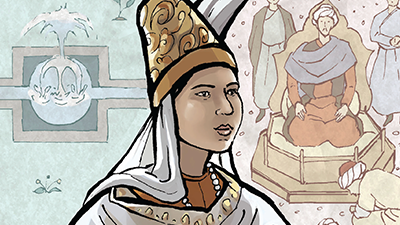

Graphic Biographies
Khanzada Begum
The career of Timurid (Mughal) noblewoman Khanzada Begum is one example of how the line between politics and the household often blurred.
Unit 3 Overview: Land-Based Empires
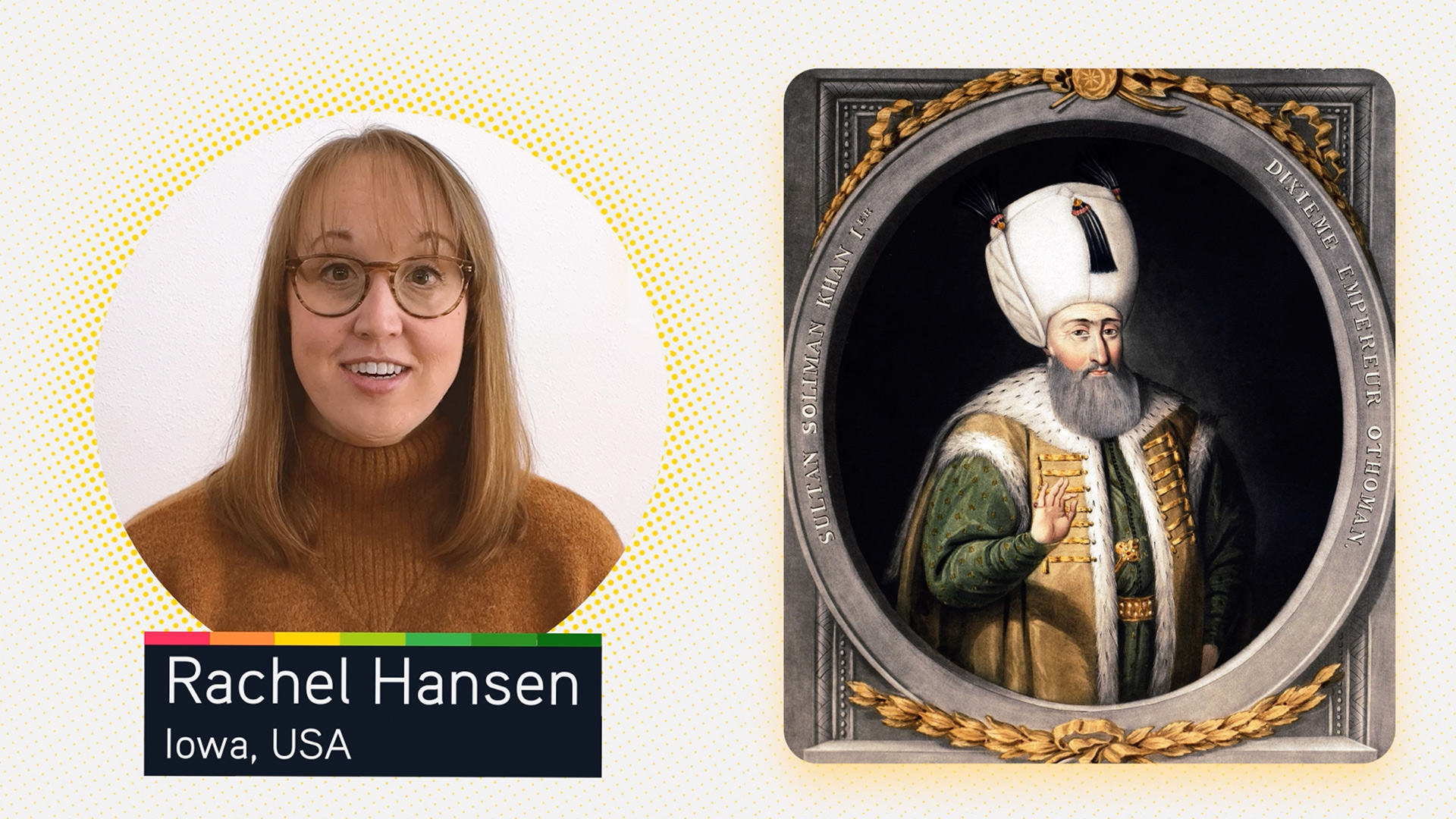
Video
Unit 3 Overview: Land-Based Empires
Large land-based empires covered much of Afro-Eurasia from 1450 to 1750. How did these empires manage to expand and maintain control over such large areas?
Mawläy 'Abd al-Mälik
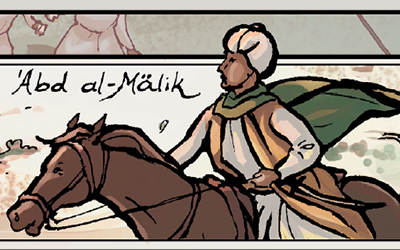

Graphic Biographies
Mawläy 'Abd al-Mälik
Mawläy 'Abd al-Mälik was a Moroccan sultan who defended his kingdom against multiple threats—relatives, Ottoman sultans, and Christian Europeans.
The Safavid Empire
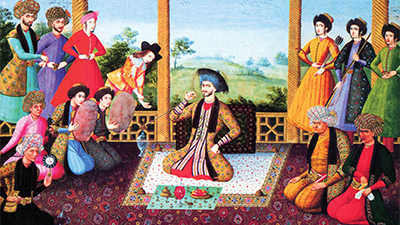
Article
The Safavid Empire
Shah Ismail I founded the Safavid Empire as a Shi’ite society with a strong Persian identity. Despite its ability to tax the silk trade and a solid central government, it faced expensive wars against the Sunni-majority states that surrounded it.
China Under Ming and Qing Rule
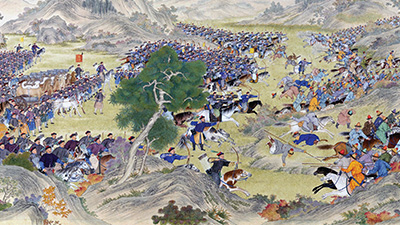
Article
China Under Ming and Qing Rule
The Ming and Qing Dynasties ruled China from 1368 to 1912. China was the wealthiest empire in the world, then wasn’t, as power shifted in the 1640s, then was again.
From Muscovy to the Russian Empire
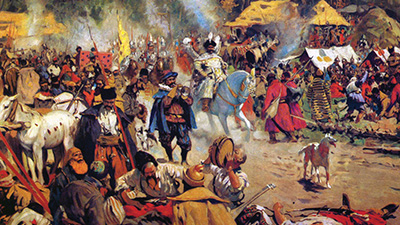
Article
From Muscovy to the Russian Empire
As Mongol power declined in northern Eurasia, Russia emerged as a world power, as both an intensely centralized state with a national identity, and a multi-ethnic empire of many religions spread over a vast territory.